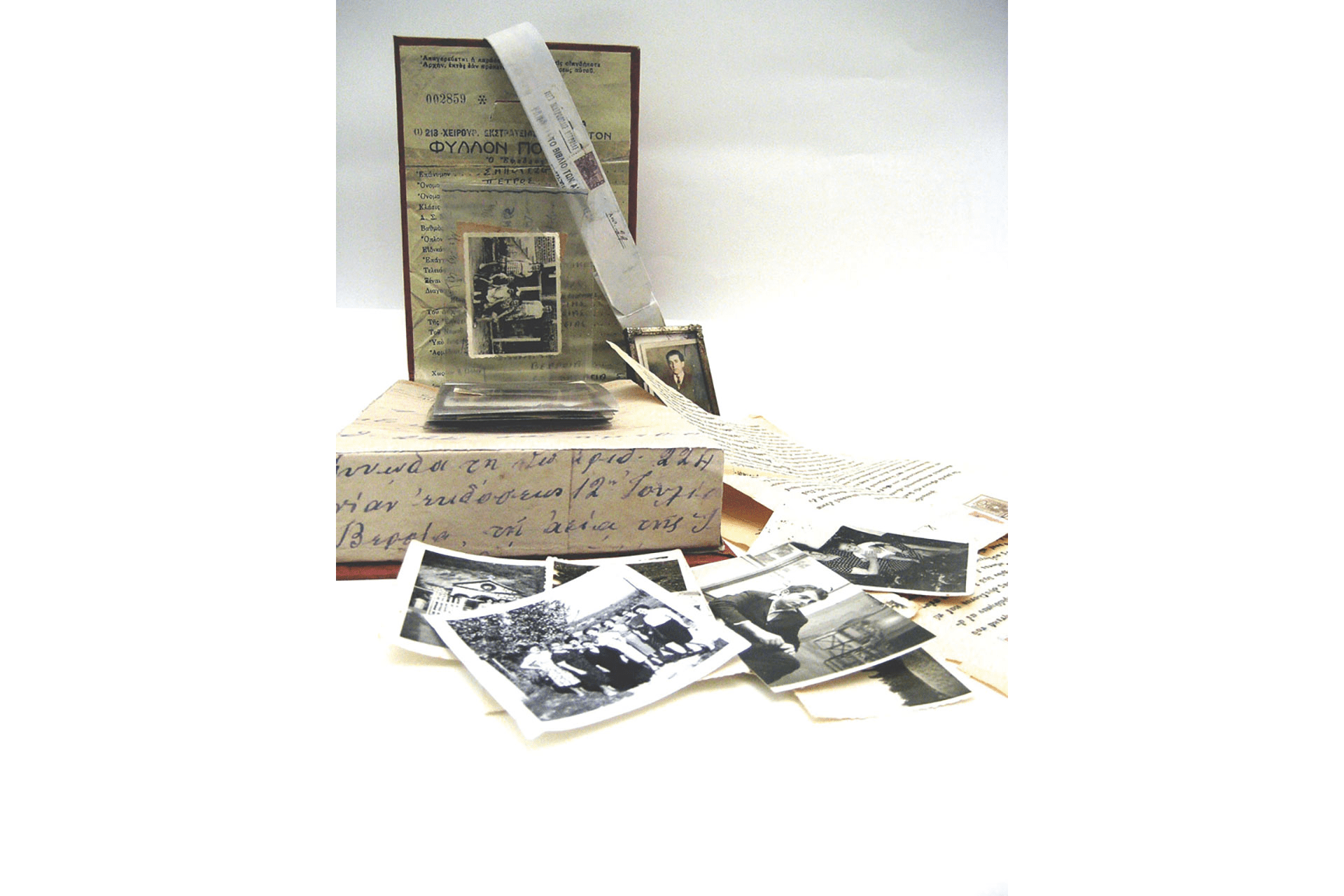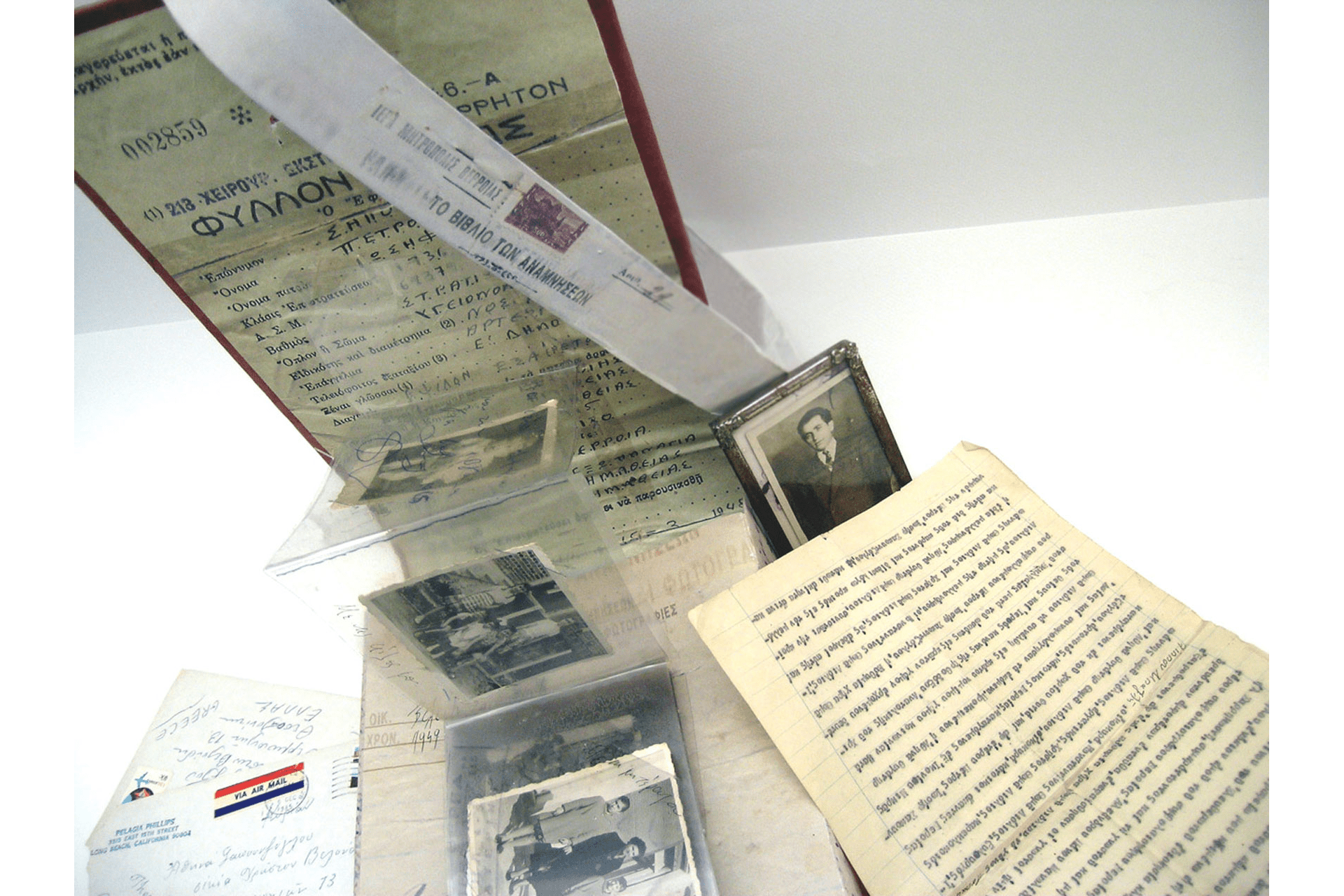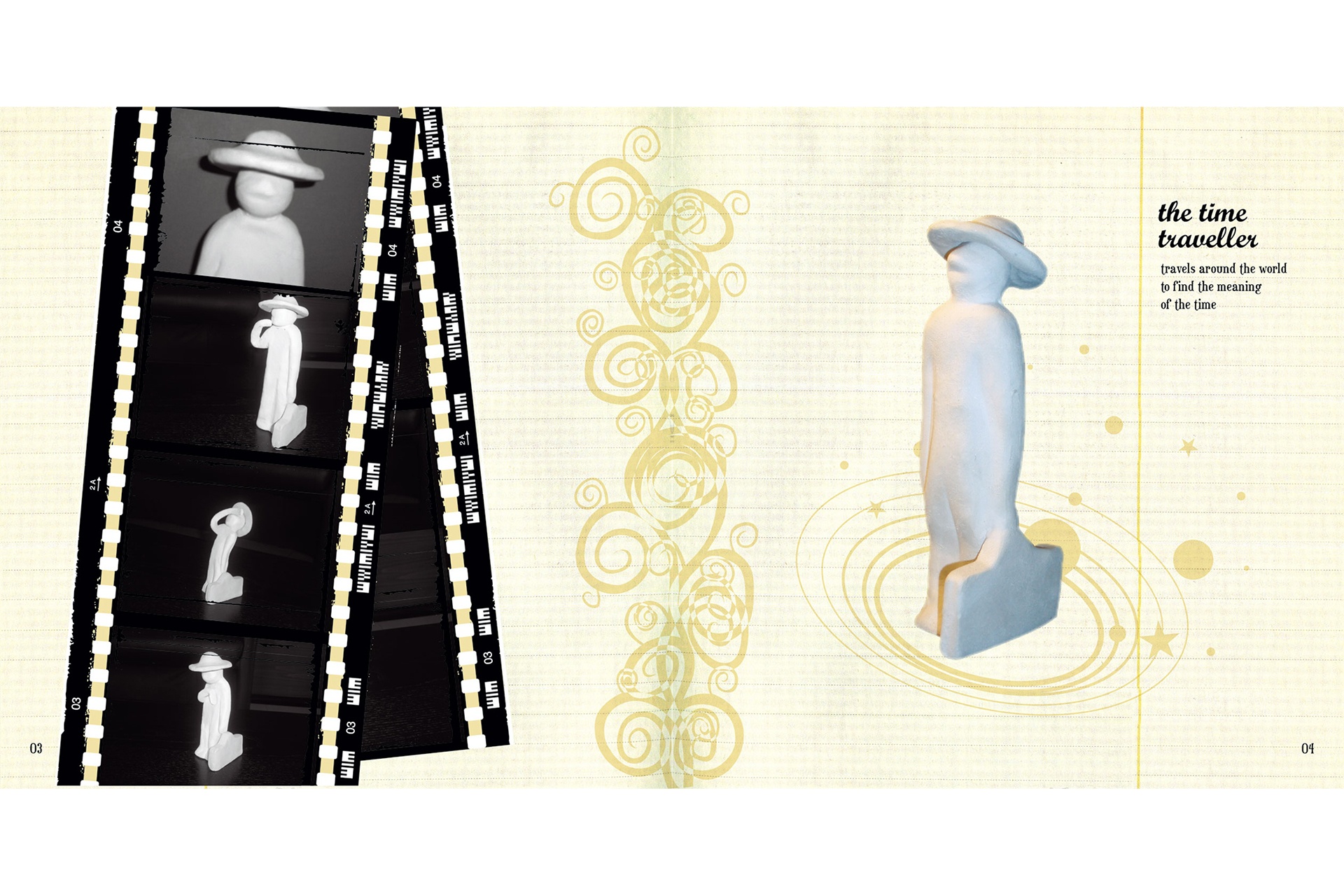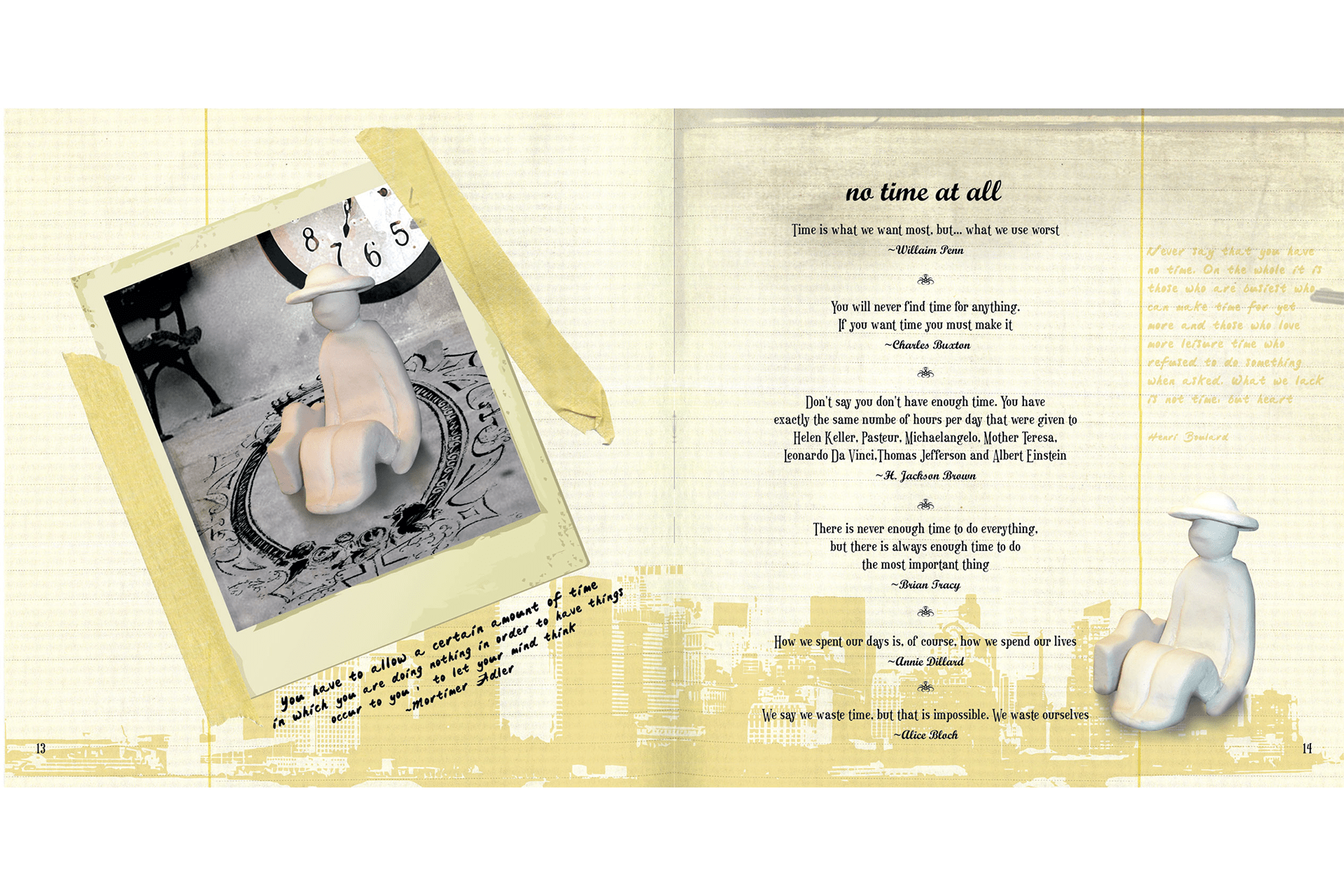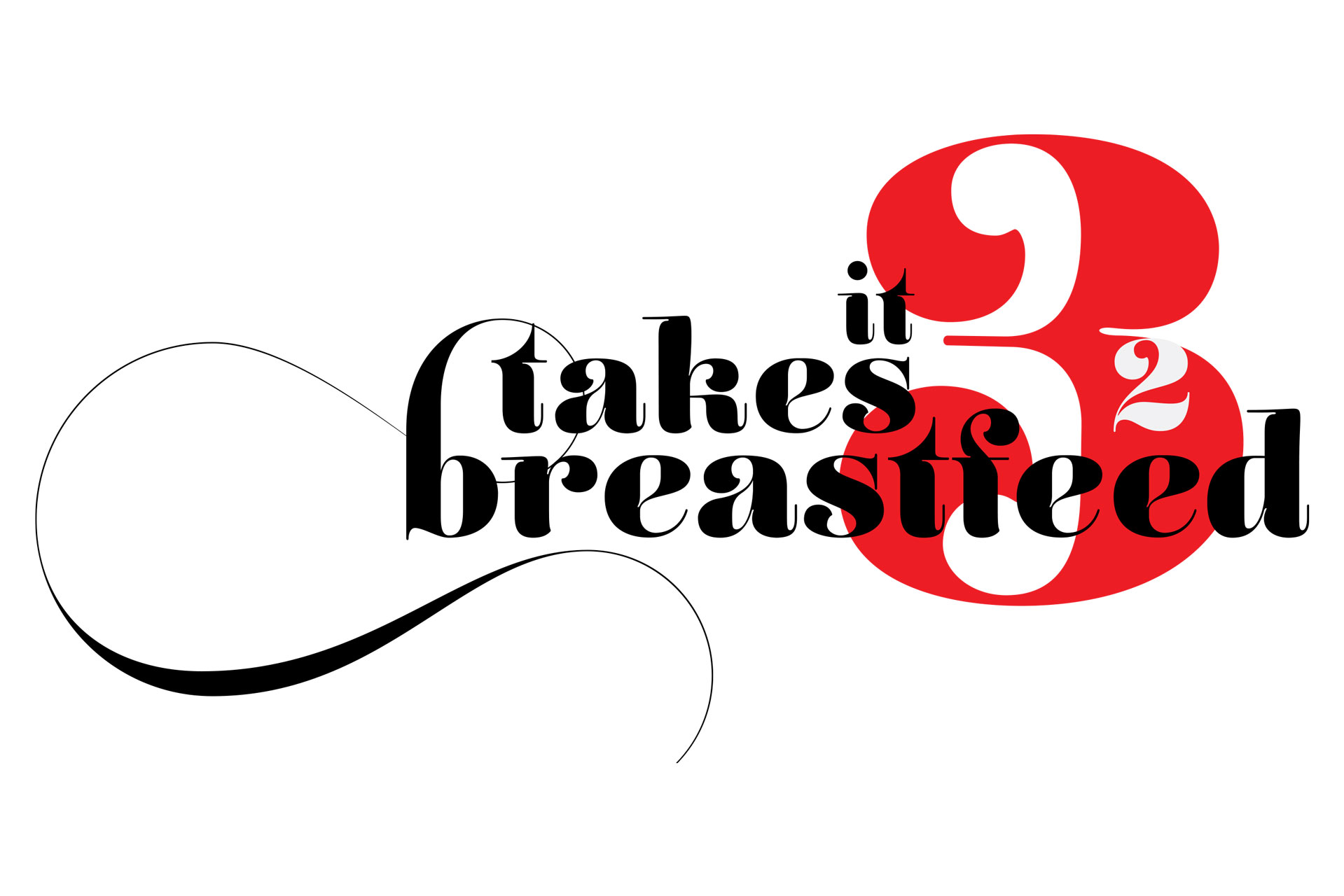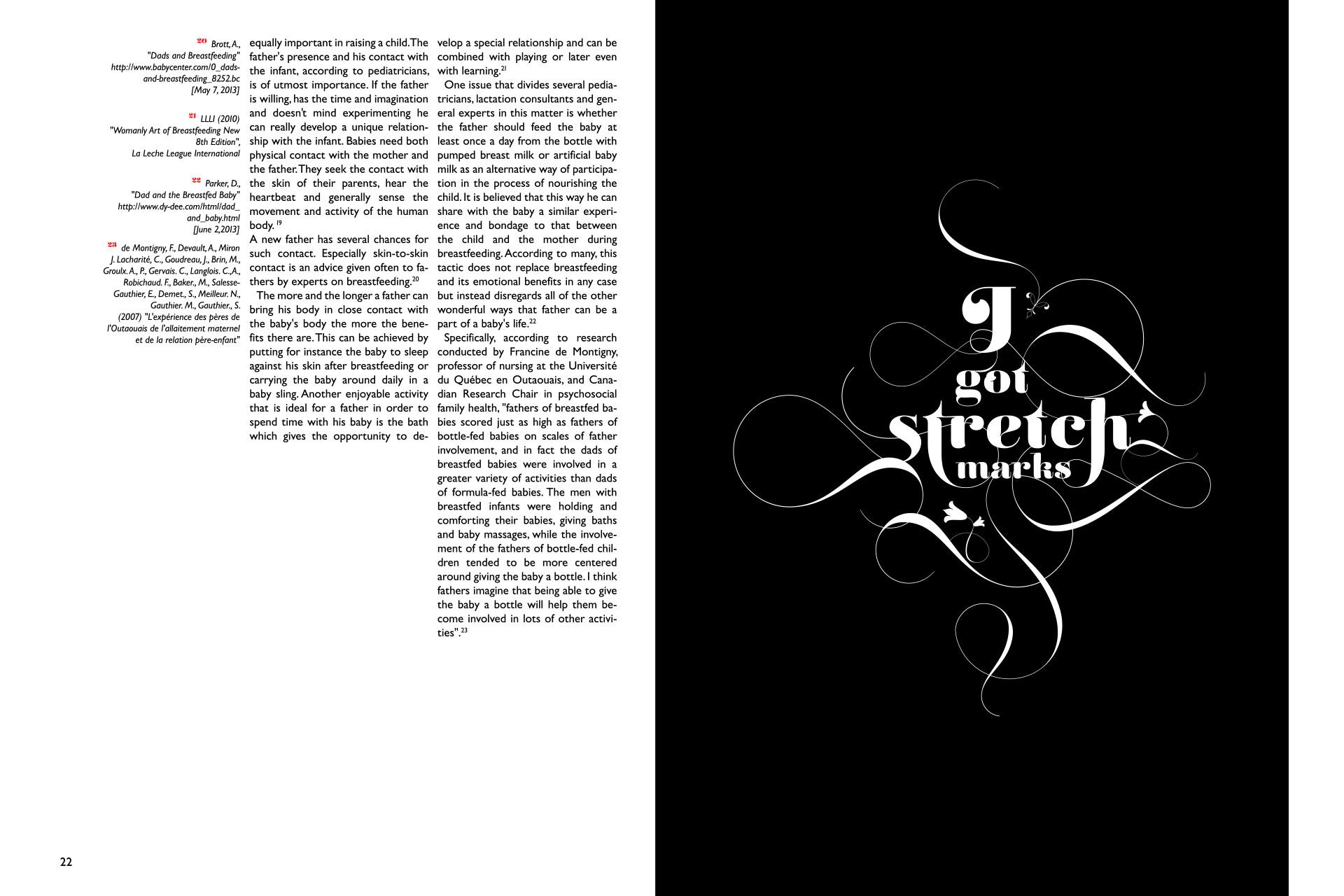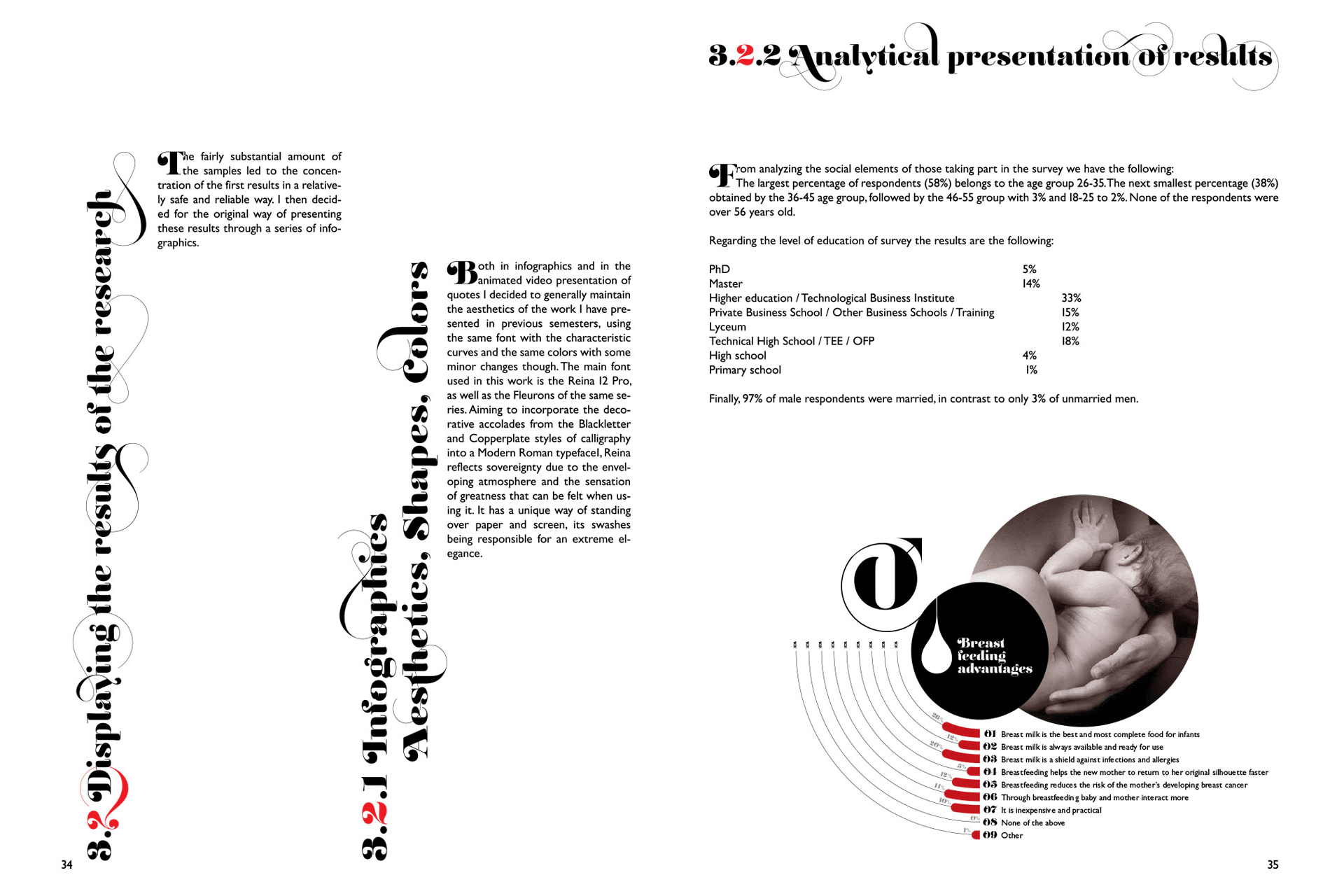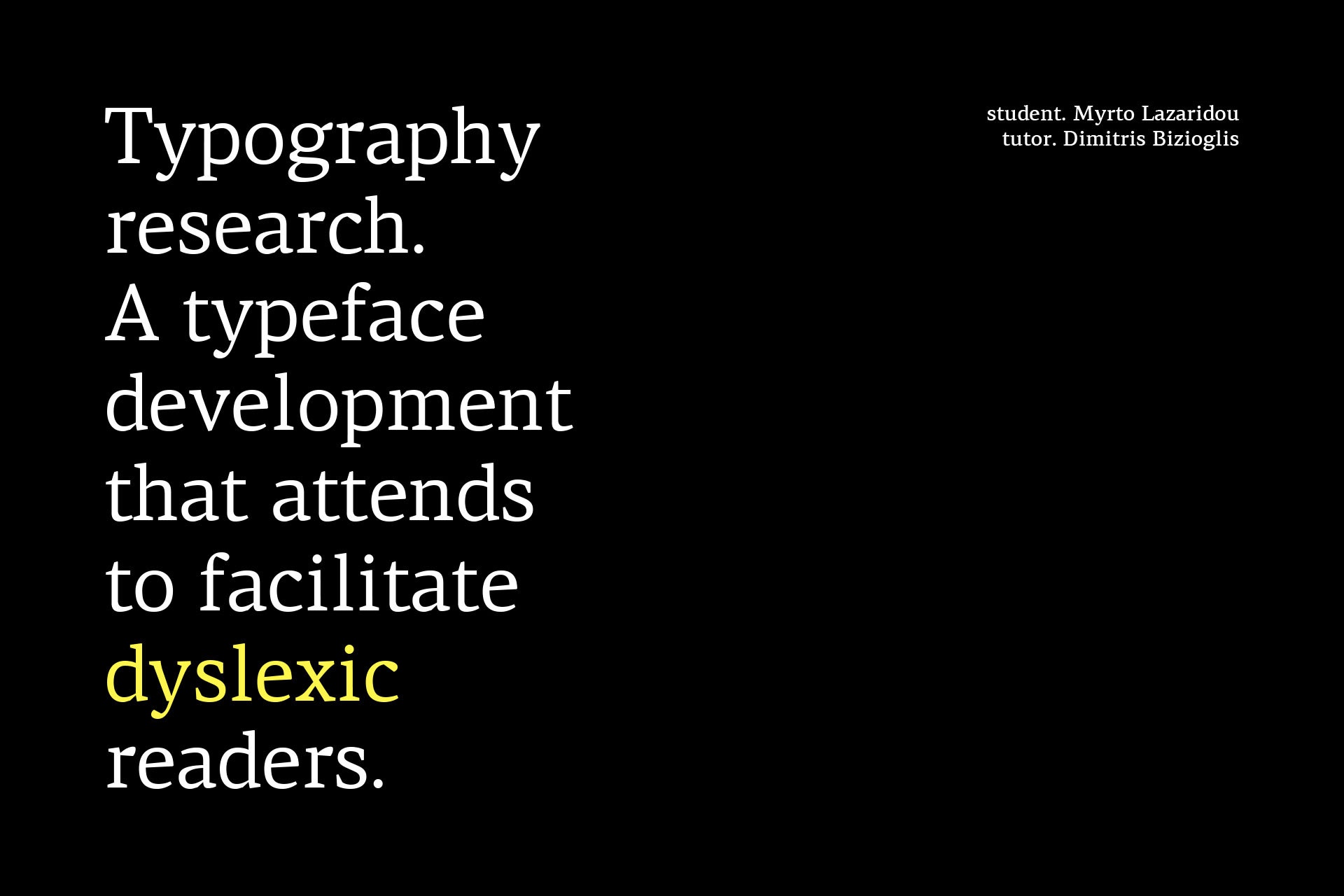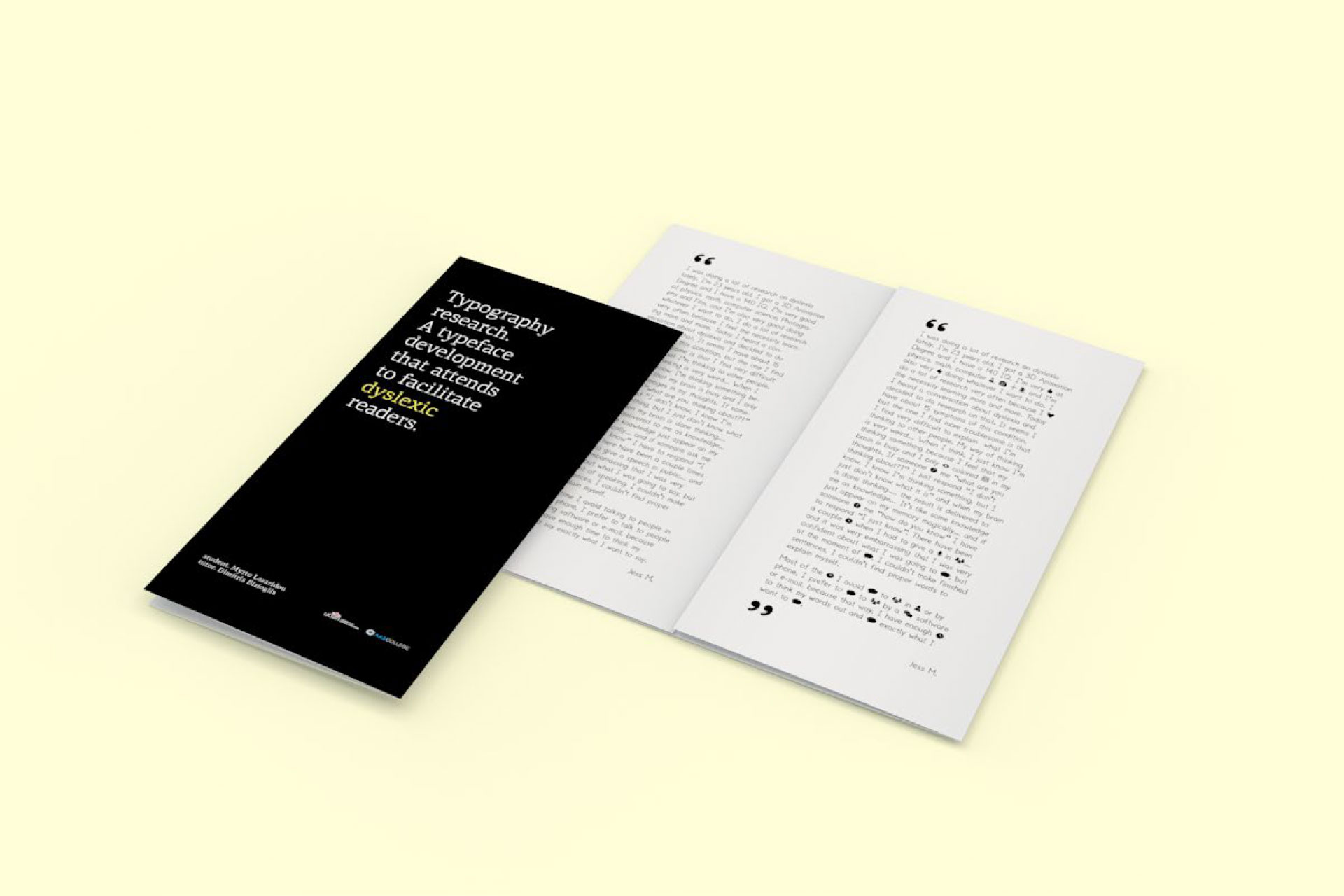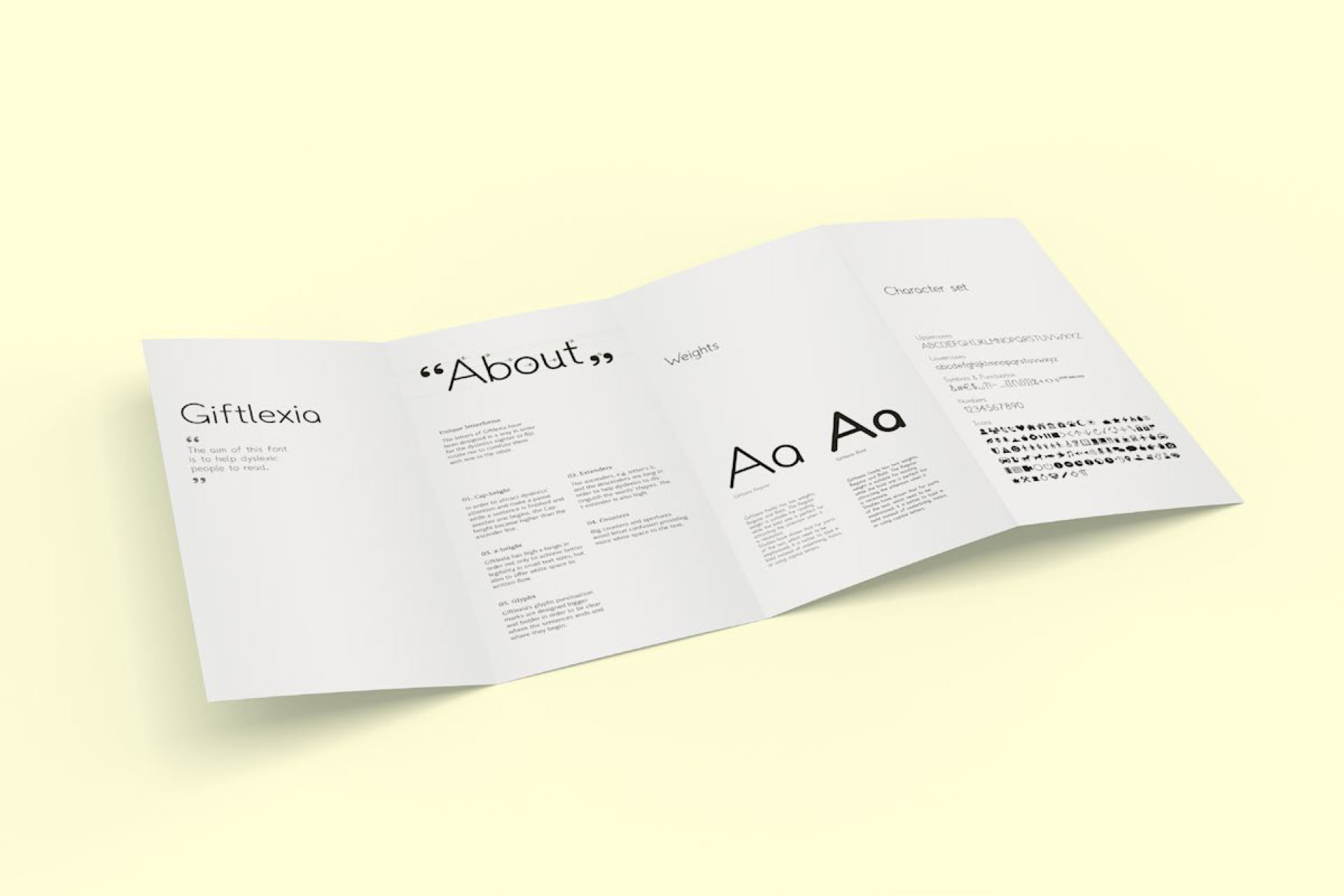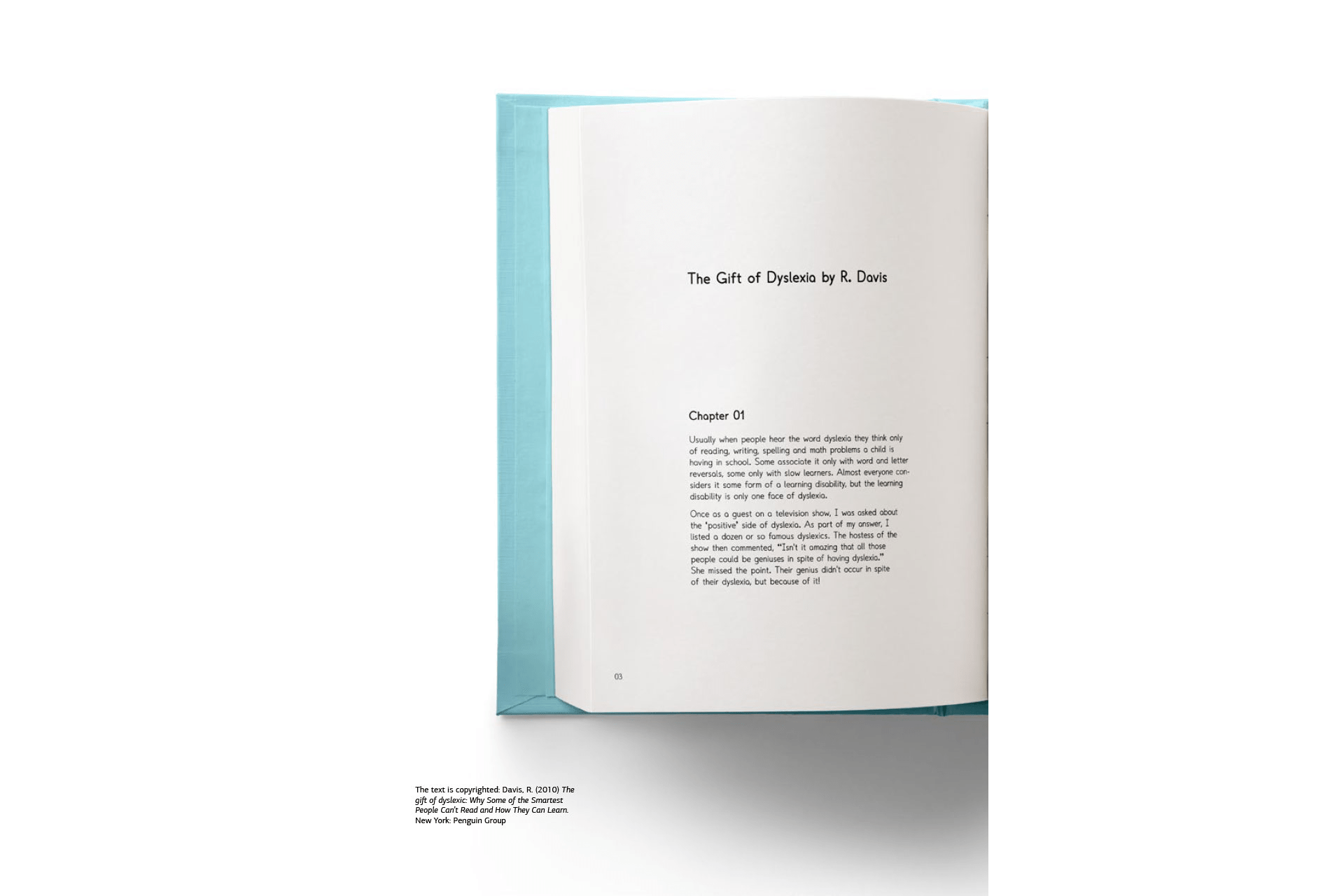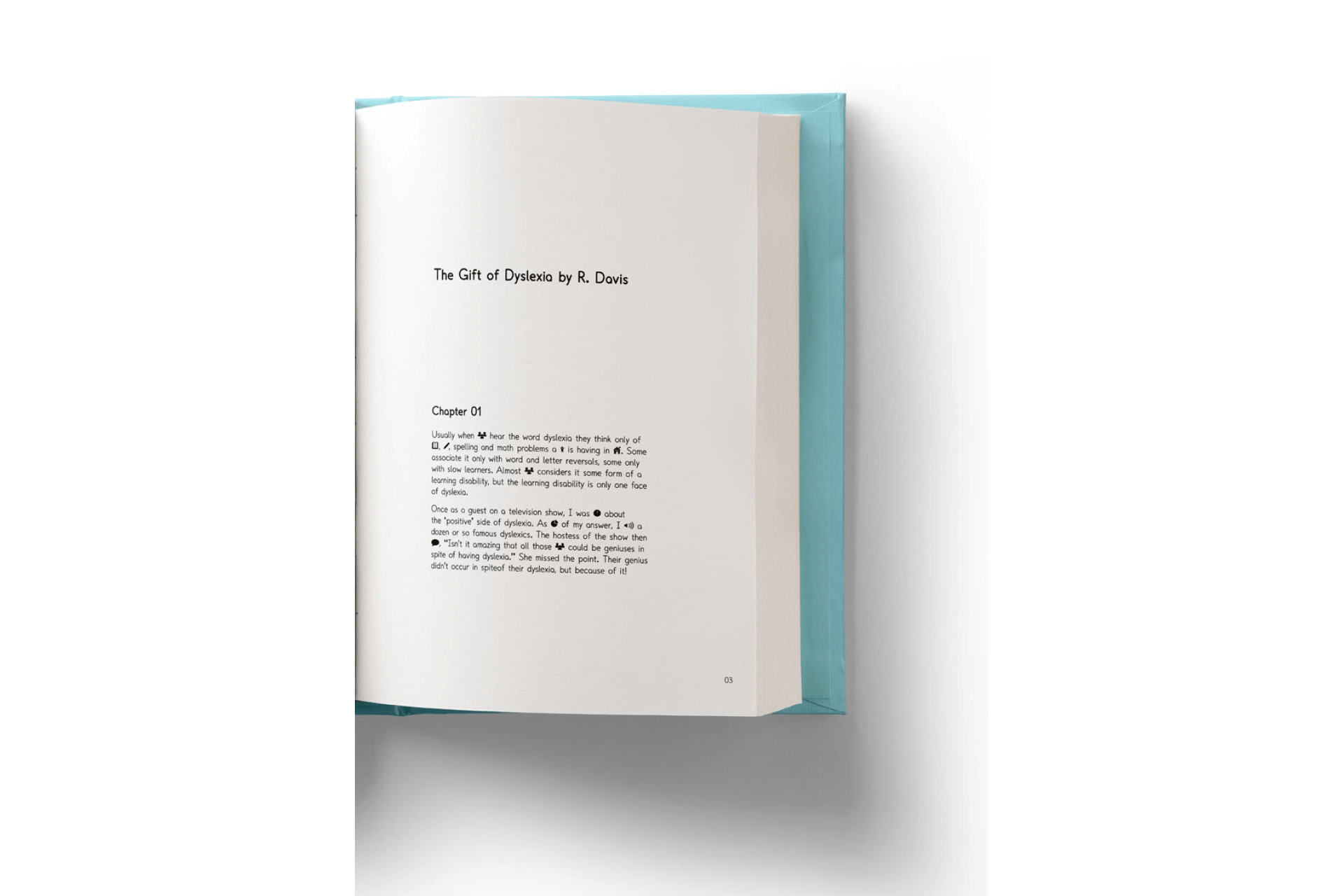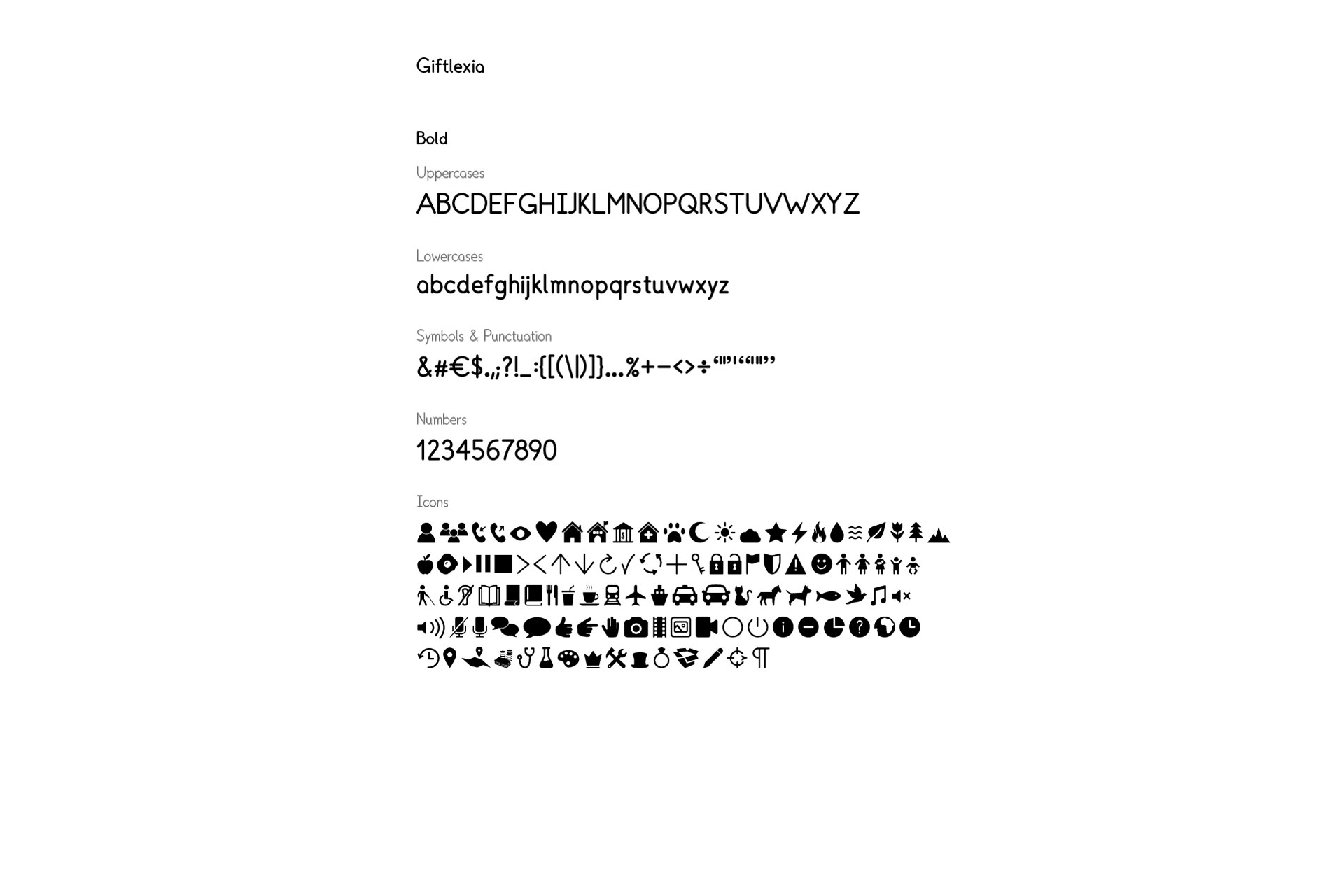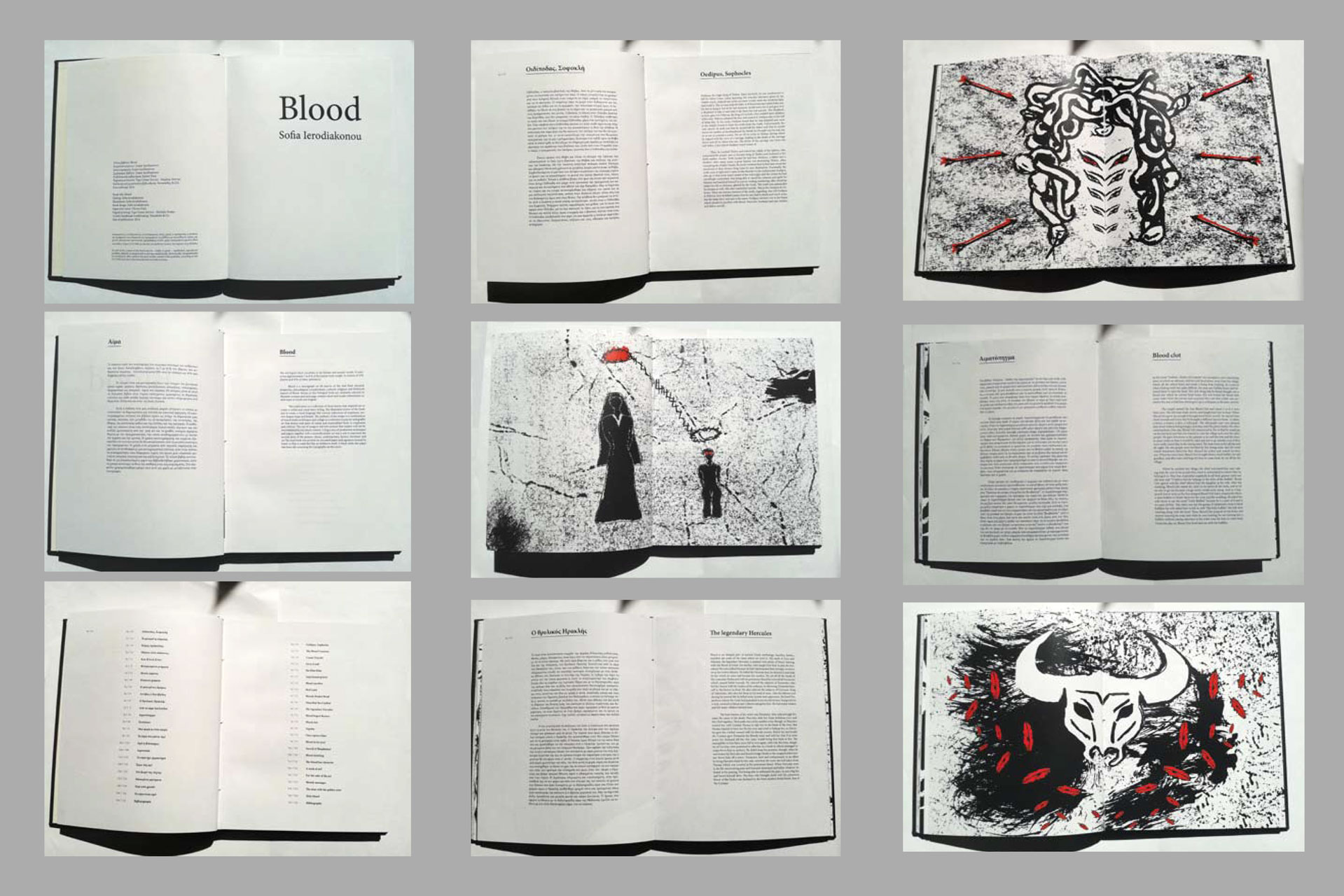
AAS College Thessaloniki
School of Art & Design
COURSES | MASTER
Remember, the quality of a design is only as proficient as it is usable
While it is true that graphic design and user experience (UX) design are two distinct disciplines, there is enough overlap between them that graphic designers almost always have to consider UX design (and vice versa). In fact, effective graphic design by its very nature will have a positive impact on a user’s overall experience — no matter if it is a website, packaging, editorial design or any other graphics product.
If you are in graphic design era or any other form of visual communication, it is essential to understand the inherent connection between graphic design and user experience. In doing so, you can leverage key design components to improve the user experience, elicit emotion, and build true connections between brands and their audiences.
User Experience is widely known in the web design community but user experience needed for all types of design such as print, package design, and advertising. UX is simply how a person interacts, engages and experiences a design. The main factors that any UX designer needs to consider are usability, design, human factors, accessibility, and utility. One major tip to focus on when designing with any medium is to design for the audience. You will be educated in this programme to design on an audience, customer or user.
User Experience is extremely important just for the simple fact that you never want to give your audience a bad experience with your product or company. One bad experience or impression can reflect poorly on what you are trying to sell or communicate. Designers have a very complex job. They don’t just sit at a computer and makes things pretty. Designers have to have an extremely open and creative mind and they need to love asking “Why?”
Designers are marketers and brand advocates and companies put their trust in them to make sure their product is being portrayed in such a way that will make them the most revenue. Ensuring quality user experience is about making sure your design makes sense and meets the needs of your audience. Being able to grab someone’s attention is the first step to good user experience. Keeping their attention is the hard part. Once you do that, you have sold them on the product in some way or another.
.
Duration:
13 months
Educational form:
Taught
Education Variants:
Fulltime
Language:
English
February’s Intake:
Class Start Date:
9 February 2026
October’s Intake:
Class Start Date:
5th October 2026
British Degree:
Master of Arts
STUDENT WORK
COURSE STRUCTURE
Core modules:
Overview
In the first stage of the MDes User Experience and Service Design, students are introduced to the critical, creative, and methodological foundations necessary for advanced design practice and research. The emphasis is on developing a sustainable, reflective, and strategically informed design process that supports innovation and user-centred outcomes.
The Exploration and Enquiry module establishes the intellectual and practical frameworks required for independent, practice-led research. Students are encouraged to identify their individual creative direction while situating their work within a broader disciplinary and professional context. Through seminars, workshops, and presentations from practitioners and researchers, students engage in critical debate and collaborative discussion that challenge existing perspectives and inform their own evolving practice.
The module also emphasises the acquisition and application of advanced digital and analogue design skills, allowing students to evaluate their technical strengths and identify areas for development. By auditing their skillsets and resources, students learn to manage their creative processes strategically and to consider interdisciplinary or collaborative partnerships as part of their professional growth.
Complementing this, the Design Thinking module introduces students to human-centred and problem-oriented approaches that underpin contemporary design innovation. Students learn to identify and empathise with user needs, developing insights through observation, reflection, and engagement. The module encourages an iterative and inquisitive mindset, prompting students to question assumptions, challenge conventions, and explore the implications of design decisions in social, ethical, and experiential contexts.
Together, these modules establish a foundation for postgraduate-level study, combining research-informed inquiry with experimental and user-focused practice. By the end of the semester, students will have developed the critical awareness, creative confidence, and methodological rigour required to define their own design agenda and prepare for more advanced project work in subsequent stages of the programme.
Overview
In the second stage of the MDes User Experience and Service Design, students extend their creative, theoretical, and technical understanding of design practice, focusing on the development of specialist skills and forward-thinking approaches to contemporary design challenges. This semester bridges exploratory research and professional application, supporting students in defining the direction of their final Master’s project.
The Specialist Skills Development module deepens students’ expertise in user experience, design thinking, and service design methodologies. It encourages students to refine their creative direction through a balance of theory, practice, and research-driven inquiry. The module explores advanced topics such as narrative construction, digital innovation, globalisation, localisation, and design aesthetics — all within the context of user-centred and socially responsive design.
Students are guided through the process of developing and testing design strategies, employing research methods for problem-solving, opportunity identification, and innovation framing. Through prototyping, iterative development, and critical peer review, students engage with contemporary social and technological issues, producing solutions that aim to create meaningful impact. The module culminates in the formulation of a practice-led and critically informed project proposal, establishing the conceptual and methodological foundation for the final stage of the programme.
The Design Futures module complements this work by equipping students with the ability to navigate and respond to the rapidly evolving landscape of design in the 21st century. Through lectures, workshops, and practical exploration, students engage with emerging technologies — including artificial intelligence, machine learning, and sustainable systems — and consider their implications for user experience and service design.
Students critically examine the ethical, environmental, and societal dimensions of technological innovation, developing a nuanced understanding of design’s role in shaping responsible futures. By integrating foresight, innovation, and ethics, students learn to create sustainable and socially conscious products, services, and systems that anticipate the needs of an increasingly complex and interconnected world.
Together, these modules prepare students to position themselves as strategic and ethically aware designers, capable of addressing global challenges through innovative and human-centred approaches. They also lay the groundwork for the final Master’s Project, where students will synthesise their research, skills, and creative vision into a substantial piece of design work.
Overview
The final stage of the MDes User Experience and Service Design represents the culmination of the student’s postgraduate journey. This semester provides a period of sustained, self-directed, and practice-led creative engagement, allowing students to synthesise their research, conceptual development, and design skills into a resolved body of work that reflects their individual focus and professional aspirations.
The Masters Project forms the core of this stage, enabling students to define, manage, and realise a substantial design investigation within their chosen area — whether interaction design, service design, or design thinking. The module emphasises the integration of advanced creative practice with critical reflection and contextual awareness. Students undertake an extended project that demonstrates their ability to plan and execute design work to a professional standard, applying the methodologies, technical skills, and conceptual frameworks developed throughout the programme.
This module supports students in managing all stages of the design process — from research and ideation to development, documentation, and final presentation. They are encouraged to test and evaluate their outcomes rigorously, engaging with relevant audiences, stakeholders, or industry collaborators where appropriate. The process is supported through individual tutorials, peer reviews, and critiques that ensure the project’s conceptual clarity, design integrity, and professional relevance.
The culmination of the module is a cohesive body of creative work, accompanied by a Masters report that articulates the research context, critical analysis, and reflective evaluation underpinning the project. This document evidences the student’s ability to position their practice within broader theoretical and professional frameworks, demonstrating a mature and independent approach to design inquiry.
By the end of the final semester, students will have developed a portfolio that embodies their creative vision, technical excellence, and strategic thinking. They will emerge as confident, reflective, and adaptive practitioners — capable of contributing meaningfully to the evolving disciplines of user experience, service design, and design innovation on a global scale.
ASSESSMENT
Assessment is 100% coursework and you will be continually assessed throughout the course.
The course is continually assessed through module requirements, allowing students to achieve target awards. Pass mark for the programme and modules is 50%.
CAREER OPPORTUNITIES
Graduates have an increasingly wide array of career options available, including User Experience Designer, User Experience Researcher, User Experience Design Researcher, Service Designer, Design Researcher, Digital Product Designer, Interaction Designer, and Strategic Designer.
In addition to working for design consultancies, graduates can find themselves working in a wide range of sectors including, financial technology, cybersecurity, healthcare, and public and private services.
Our course includes industry collaborations allowing regular access to local and international practitioners and design leaders.
Discover our Prospectus→
Find out what makes AAS a great place to study
Book a Meeting→
Schedule an online meeting to learn more about us and our programmes.
Apply to AAS→
Accepting applications for Fall and Summer terms.
HOW TO APPLY
You should apply direct to the AAS College. We accept applications throughout the year, but advise you to apply early. We would like to receive application forms before 30th of June.
All candidates are required to submit the following documents:
1. A Fully Completed Application
AAS Application Form completed
A scanned copy of your passport
2. Diploma of previous education
University Degree (Bachelor’s or/and MA) from a recognised University and the relevant transcripts translated in English.
3. English language certificate
Certified Photocopy of English Language qualification(s).
Undergraduate applicants must have a fluent command of the English language which can be proven via the following examinations:
IELTS: 6,0 or other equivalent qualifications.
Candidates who have not acquired an English language qualification at the time of the submission of their application form are required to submit it at least one month before the commencement of the course.
4. Portfolio
You can send us approximately 20 examples of your work with a short written commentary. Most of this work
can be in the form of photographs in a PDF file. You could send us a link or the URL of your website as well.
Submit your documents at the College’s website at:
https://aas.gr/aas-college-apply-now/
Our response: A member of our staff will contact you in 48 hours.
AAS offer to you
Deciding to start study is an exciting time but the process to actually get there can seem daunting. That’s where we can help. Here’s what you need to be finding out about now. Over the next few weeks we’ll be sending you lots of important information, so if any of your contact details change, we need to know as soon as possible. Please let us know if you change your:
- Name
- Address
- Phone number
- Passport number
At AAS we pride ourselves on the tailored support we offer to all our students and we want your application and enrolment to go as smoothly as possible. If you have any problems at all, we are here to help.
You will receive:
an unconditional offer: An Admission Letter by college’s Admissions Office,
or a conditional offer: that means that before the commencing of your course you have to submit some documents,
or a rejection letter: that means that you don’t cover the requirements of the interested course.
Visa Process
The following documents to be submitted by all non-EU students to the Greek Embassy or Consulate Office closer to you:
- Application form for a visa for a long stay in Greece, fully filled in and signed by the applicant
- One recent passport-size photograph in colour
- Passport that should be of a validity exceeding by three months the ending date of the visa length, include at least two blank pages and have been issued within the previous ten years
- Police Clearance Certificate (Criminal record)
- Medical Certificate
- Travel insurance
- Admission letter by AAS
- A confirmation document by AAS that you are a college’s student
- Document by the Ministry of Education that the AAS College holds a valid license and is registered in the relevant records
- English language Certificate
- Proof of sufficient funds to cover living expenses and AAS tuition fees in Greece
- Visa fee
You should also have in mind the following:
- Original documents and passports submitted must be accompanied along with a copy.
- All documents submitted must be in English or Greek
- You may be asked for additional documents and will be called to a personal interview at the Embassy or Consulate Office (the requirements of Greek Embassies or Consulate Offices aren’t the same from country to country)
- The visa fee is not refunded if the visa is refused
Apply to AAS→
Accepting applications for Fall and Summer terms.
